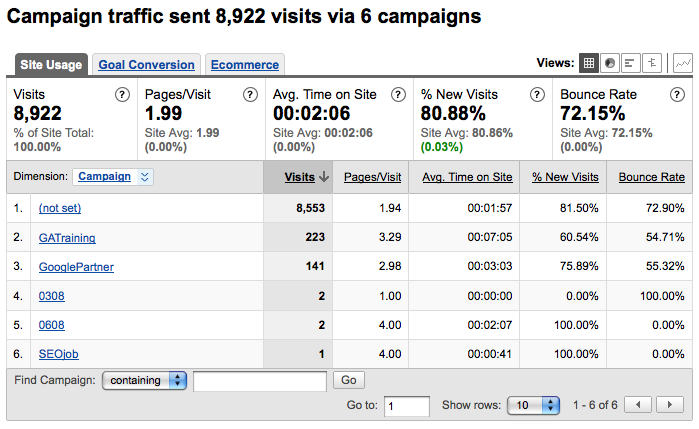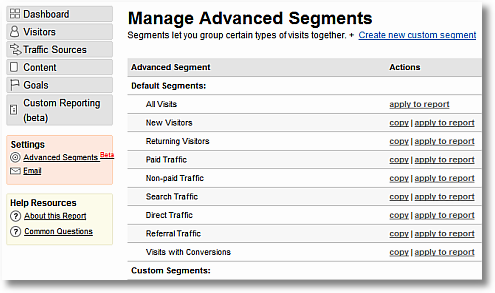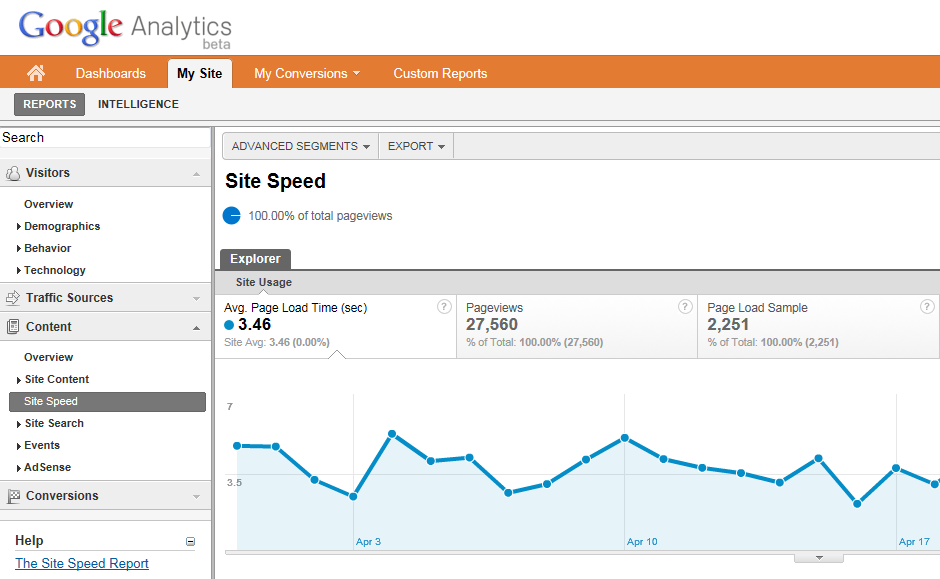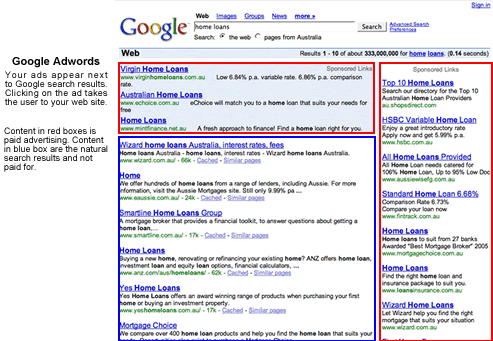Google Analytics – the one such tool that every website owner love but have you wondered ever does Google Analytic any out of the box thinking – the answer in plain English is NO – as in real it is costing you money as the way you spend too much looking at metrics that somehow does not matter in real.
But, one or other reason, you probably love the way as it is because it is free, easy to install and over the top it provides you a big picture stating how your website actually performing. In order to get more, below you will find the 8 critical features that will help you attain more in longer value. You will get to know that whether or not your site is worth the efforts you are putting in. But, in order to make these features work for you, you will need to activate them first.
Ecommerce Tracking
Let’s start by talking with making money. We love the ways by which we make money, even we wish to have more, but with Google Analytics as our one such best friend who will keep the track of each and everything over site owes over the web. We often wish to know that what exactly the real source is from which we are getting most profitable customers. The answer is simple, we can rely on ecommerce Tracking.
To set up ecommerce tracking:
- Go to your Google Analytics standard reports
- Click on the “Admin” button in the top right
- Click on “Profile Settings”
- Go to “Ecommerce Settings” and change the drop down to “Yes, an Ecommerce Site”
- Click the “Apply” button at the bottom.
Once you enabled ecommerce tracking and done with coding part, the sales revenue data will be sent directly to your Google Analytics in a simple, straight forward report.
Goals
Let’s say your goal is to have visitor make a purchase of a specific item from inventory. In order to track its each and every aspect, Google Analytics provides you one smarter tool that it has dubbed as Goals, which allows you to track each and every steps visitors take to achieve that specific goal. Getting into a bit of technical side, funnel is one such thing that leads a visitor to that desired goal, letting you keeping an eye on visitors that where they are dropping off.
To reach the goal settings:
- Go to your Google Analytics standard reports
- Click on the “Admin” button in the top right
- Click on “Goals”
- From one of the Goal sets, click “+ Goal” (goal sets are just a way for you to easily group goals)
Campaigns
You often wish, even want to track the ROI (Return of Investment) of all of your marketing campaigns – big or small; do not matter here – as after all you are spending money as well as time on them. Google Analytics offers a tool known as Campaign, which will track any URL that you can edit. You can set it in pretty simple way; you can start building campaign URLs via Google’s URL Builder tool. Once it is done, the campaign gets started, and the data provided by campaign tagging will let you know that which particular marketing and advertising channels are providing the best ROI for you. It also provides those channels list which need to be improved or abandoned.
Advanced Segmentation
This one is an interesting as well as one of the most useful tool. Often, it has happened that you are being filed with a lot more data, but you found it hard to filter the information into a report. Advanced Segmentation is one such tool that let you divide the data as the way you want, allowing you to choose what types of visits you want to be considered when generating the data for a report. It further helps you understand, anticipate and react to your customers by identifying key trends and common behaviors.
To reach the Advanced Segments:
- Go to your Google Analytics reports
- Click the pull-down menu labelled “Advanced Segments” at the top
- Check off the segments you want to select
- Select “Apply” to finish
- Select “Advanced Segments” from the Setting section
- Select Default Segment and click “Apply”
Site Speed
You come up with really good website, but what if your site takes a lot of time to load. If your site is loading slowly, you are guaranteed to be losing traffic. Now, how you can increase the loading speed, to improve the performance of your pages, your first need is to measure and diagnose the speed of the page. You can do this by Site Speed report in Google Analytics. The Site Speed report lets you measure the page load time across your site. The Site Speed report also helps you determine content, traffic sources, visitors and technology all in terms of speed. In order to setup, you need not to worry as Page timings are automatically enabled in the tracking code. No additional setup is required to see data in the Overview and Page Timings reports.
Session Length
Many of you might not know this, but by default, a session in Google Analytics is set to 30 minutes, means if a user is inactive on your website for more than 30 minutes, the time starts from 30 minutes to next 30 minutes will be considered as next visit i.e. second visit with a brand new set of pages that will constitute as a part of the visit.
SEO Reports via Google Webmaster Tools
Seems like a strange this as mixing two Google tools but why it is, you can also able to get SEO reports through Google Webmaster Tools. These reports will help you see how you are performing within Google’s search rankings. This report will let you know which keywords give us the most impressions, click through rates, individual keywords rankings as well as average position, and data for top landing pages. In order to start, you will need to activate Google Webmaster Tools on your site and connect it to your Google Analytics account.
AdWords
Using Adwords and want more from it, you can connect it to your Google Analytics account. AdWords comes with a lot of helpful data that you are paying for, and a proper analysis will help you make most of it. It is a two way process to set up everything correctly: Enable auto-tagging in Google AdWords and linking Google AdWords and Google Analytics together.
Enable auto-tagging in Google AdWords
- Log in to AdWords
- Click on the “My Account” Tab, then “Preference”
- Make sure Auto-tagging is set to yes. If not, click “edit” and check “Destination URL Auto-tagging”
Link Google AdWords and Google Analytics
- Log in to AdWords
- Click on the “Tools and Analysis” tab, then “Google Analytics”
Remember, if you do not take the proper time to set things properly, it will result in losing lot of valuable data as your paid search traffic can be reported as organic search traffic.

























